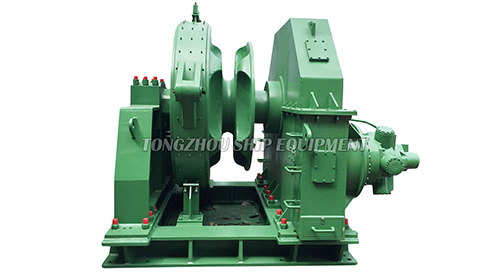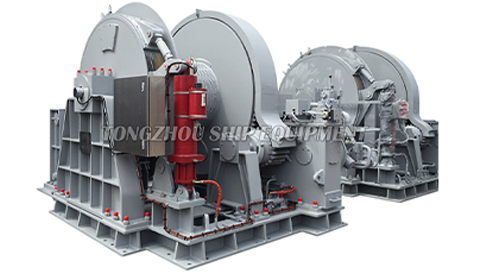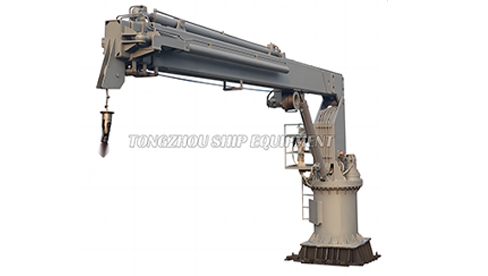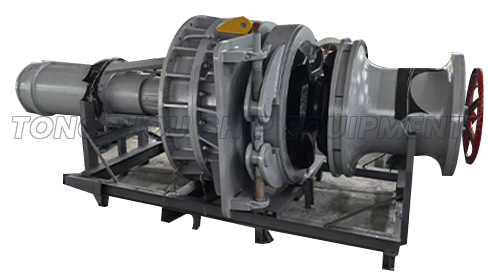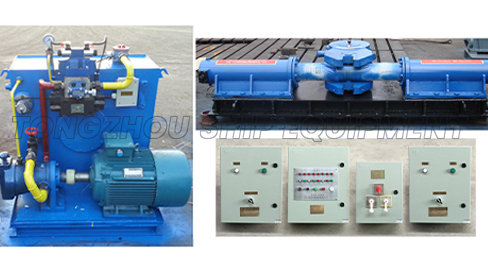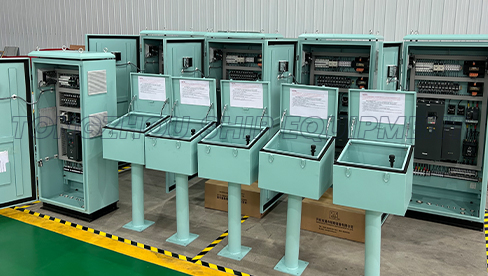What Types of Vessels Are Suitable for an Electric Windlass?
 2025.10.24
2025.10.24
 Industry News
Industry News
An Electric Windlass is a mechanical device powered by electricity, designed primarily for handling anchor chains or ropes on vessels. It automates the process of raising and lowering anchors, reducing manual labor and enhancing operational efficiency. This equipment is widely adopted in marine applications due to its reliability and ease of use.
Types of Vessels Suitable for Electric Windlass
The suitability of an Electric Windlass depends on factors such as vessel size, intended use, and operational requirements. Below, we categorize vessels into distinct types where an Electric Windlass is typically employed.
Small Recreational Vessels
-
Sailboats and Yachts: These vessels often use an Electric Windlass for convenient anchor handling during leisure activities, as it allows solo operators to manage anchors safely.
-
Motorboats and Runabouts: Smaller powerboats benefit from an Electric Windlass for quick deployment and retrieval in coastal or inland waters, where space and weight constraints are considered.
Medium-Sized Commercial Vessels
-
Fishing Boats: An Electric Windlass is utilized to handle heavy anchors in variable conditions, supporting efficient fishing operations and crew safety.
-
Workboats and Patrol Vessels: These vessels require reliable anchor systems for tasks such as surveying or enforcement, where an Electric Windlass provides consistent performance.
Large Ocean-Going Vessels
-
Commercial Ships and Freighters: For large vessels, an Electric Windlass is integral to managing substantial anchor weights in deep-water environments, ensuring compliance with maritime safety standards.
-
Research and Exploration Vessels: These ships employ an Electric Windlass for precise anchor control during scientific missions, where stability and accuracy are critical.
Key Factors in Selection
When determining if an Electric Windlass is appropriate for a vessel, several technical and operational aspects must be evaluated. The following points outline essential considerations:
-
Vessel Size and Displacement: The Electric Windlass must match the vessel's weight and dimensions to handle the required load capacity without overloading the system.
-
Anchor and Chain Specifications: Compatibility with the anchor type, chain size, and rope diameter is crucial for effective operation of the Electric Windlass.
-
Power Supply and Integration: The vessel's electrical system must support the voltage and current demands of the Electric Windlass, including backup options for reliability.
-
Environmental Conditions: Factors such as water depth, seabed type, and weather patterns influence the design and durability requirements for the Electric Windlass.
Advantages of Electric Windlass
The adoption of an Electric Windlass offers several benefits across various vessel types, contributing to enhanced maritime operations. These advantages include:
-
Operational Efficiency: By automating anchor handling, an Electric Windlass reduces the time and effort required for deployment and retrieval.
-
Safety Improvements: It minimizes manual intervention, lowering the risk of injuries during anchor operations in challenging conditions.
-
Durability and Low Maintenance: Designed for marine environments, an Electric Windlass typically features corrosion-resistant materials and requires minimal upkeep.
-
Versatility in Applications: From recreational to commercial use, an Electric Windlass can be customized to suit different vessel configurations and purposes.
An Electric Windlass is a versatile and essential component for a wide range of vessels, including small recreational boats, medium-sized commercial craft, and large ocean-going ships. Its suitability is determined by factors such as vessel specifications, operational needs, and environmental considerations. By understanding these aspects, vessel operators can make informed decisions regarding the integration of an Electric Windlass to improve efficiency and safety in maritime activities.



 English
English  عربى
عربى  中文简体
中文简体 
